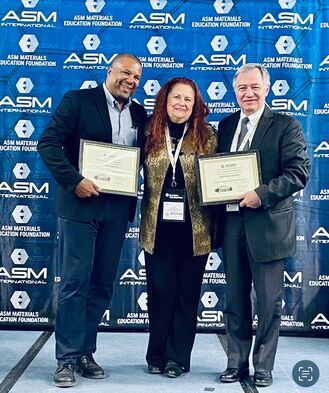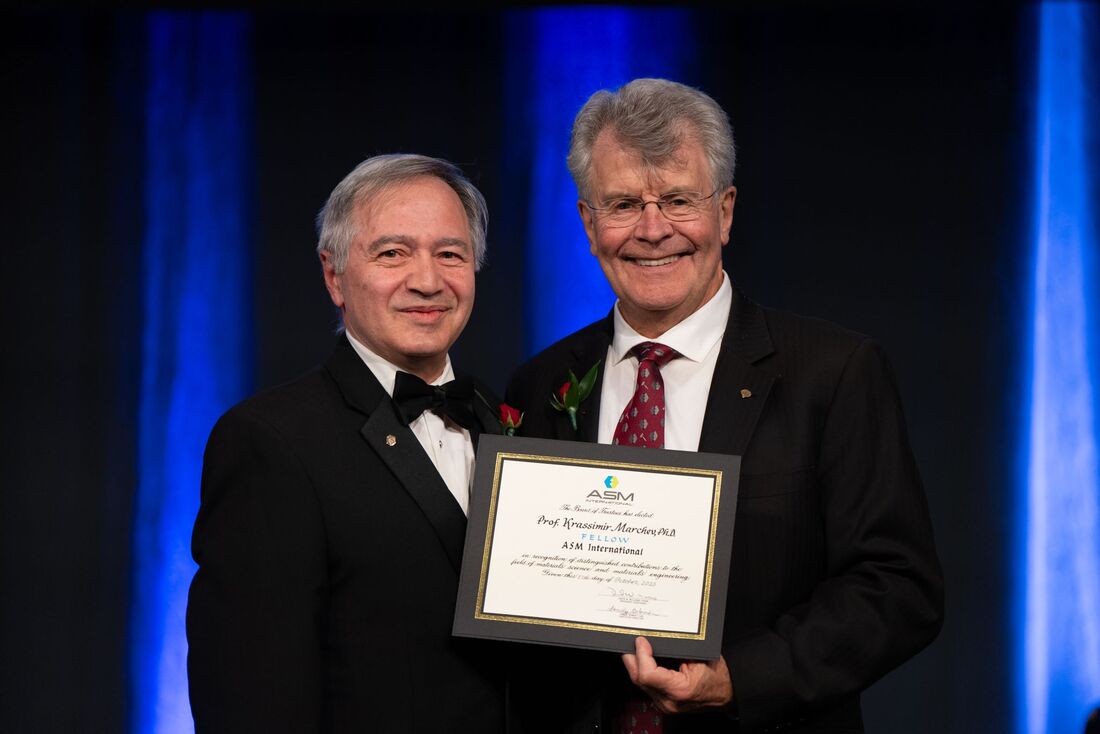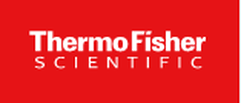|
Thanks for joining our 2023-2024 Season!
Check back soon for our 2024-2025 Program! Introducing our 2024-2025 Officers Chair
Dr. Ozan Ozdemir of Northeastern University Vice Chair: Emily Ghosh of Boston University Secretary: Hristo Hristov of Scully Signal Company Treasurer: Dr. Santosh Jha of Surmet Corp. Presented By ASM International
ASM International fosters the understanding and application of metals and other engineered materials and their research, design, reliable manufacture, use, and economic and social benefits. To join ASM International, click here. (Note - For new members your first Chapter Dinner Meeting is free). Check Out Our Sister Chapter
ASM Central Massachusetts |
ASM Boston
ASM Boston's purpose is to advance scientific, engineering, technical and practical knowledge, particularly with respect to the manufacture, treatment, selection and use of engineered materials, through educational activities, research seminars, and the compilation and dissemination of information for the benefit of its members and the general public in Greater Boston. Upcoming Events!
Sept: TBA Oct: TBA See our 2024-2025 Technical Program for more! Join Our Mailing List (You can unsubscribe any time) Contact us with any questions. We have a LinkedIn Page! Click to here to learn more! ASM Boston News!
ASM International has recognized leaders from chapters worldwide at the IMAT 2023 Conference. Congratulations to Dr. Krassimir Marchev, FASM on being award the honor of Fellow of ASM! Congratulations to Dr. Hughes Francois-Saint-Cyr, Jean Mozolic, FASM, Dr. Krassimir Marchev, FASM, and all the executive members of the ASM International | Boston Chapter for receiving "Innovative Programming" and "Young Professional Engagement" awards. Well done! Our 2024-2025 Officers
Chair: Dr. Ozan Ozdemir Vice-Chair: Emily Ghosh Secretary: Emily Hristo Hristov Treasurer: Dr. Santosh Jha For full bios, see our 2024-2025 Officers Page |
Sustaining Members
"A special thank you goes out to our sustaining members: Surmet Corp, Boston Scientific, Abkomet, Excel Technologies, ZWICKROELL, and ThermoFisher Scientific"
Sustaining Members of the Boston Chapter
Many companies have discovered the difference that supporting the Boston chapter can make. By participating in Boston Chapter activities, their employees develop technical expertise while learning valuable leadership skills. To find out more about what sustaining membership can do for your organization, click here.










